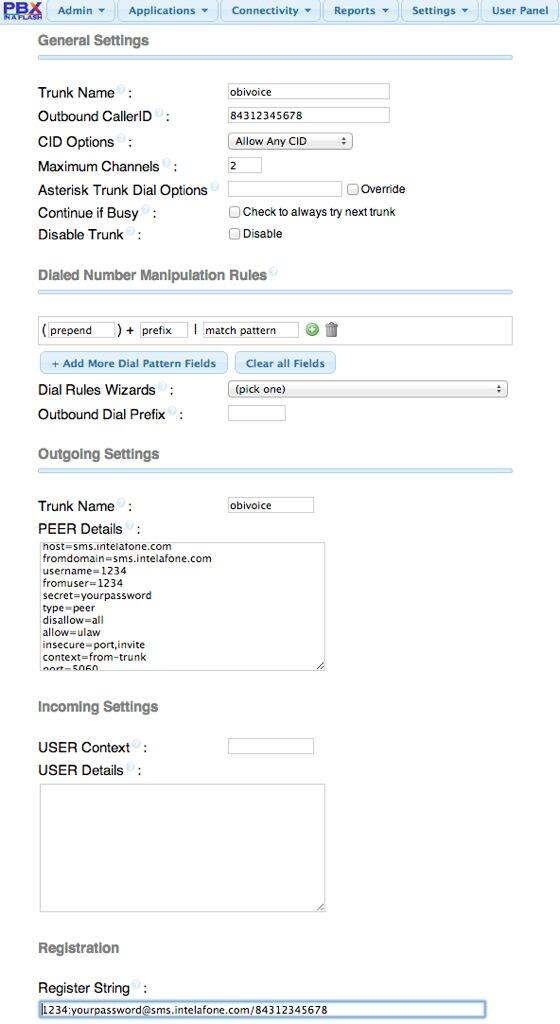Obivoice = OBi Heaven: Dumping Google Voice for Less Than 10¢ a Day
What a difference a week makes! When we wrote last week’s article about netTALK and their terrific pricing, we were pleased to report that at least one company could offer a drop-in replacement for Google Voice without breaking the bank. But, alas, all is not well in netTALK Land. For openers, the Better Business Bureau revoked their accreditation last June because of failure to respond to or resolve technical complaints. And a recent SEC Filing paints a fairly bleak picture… Read More ›



